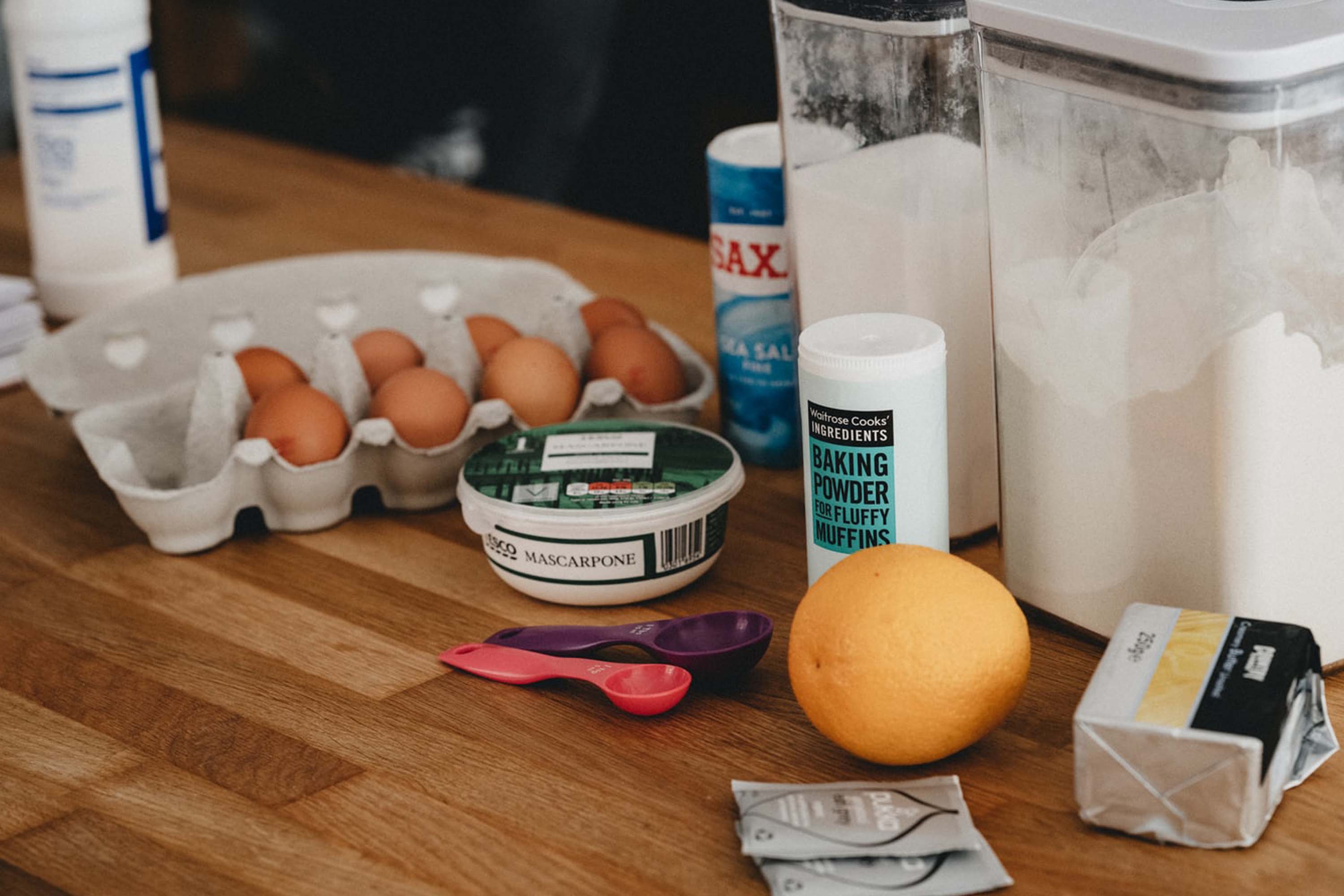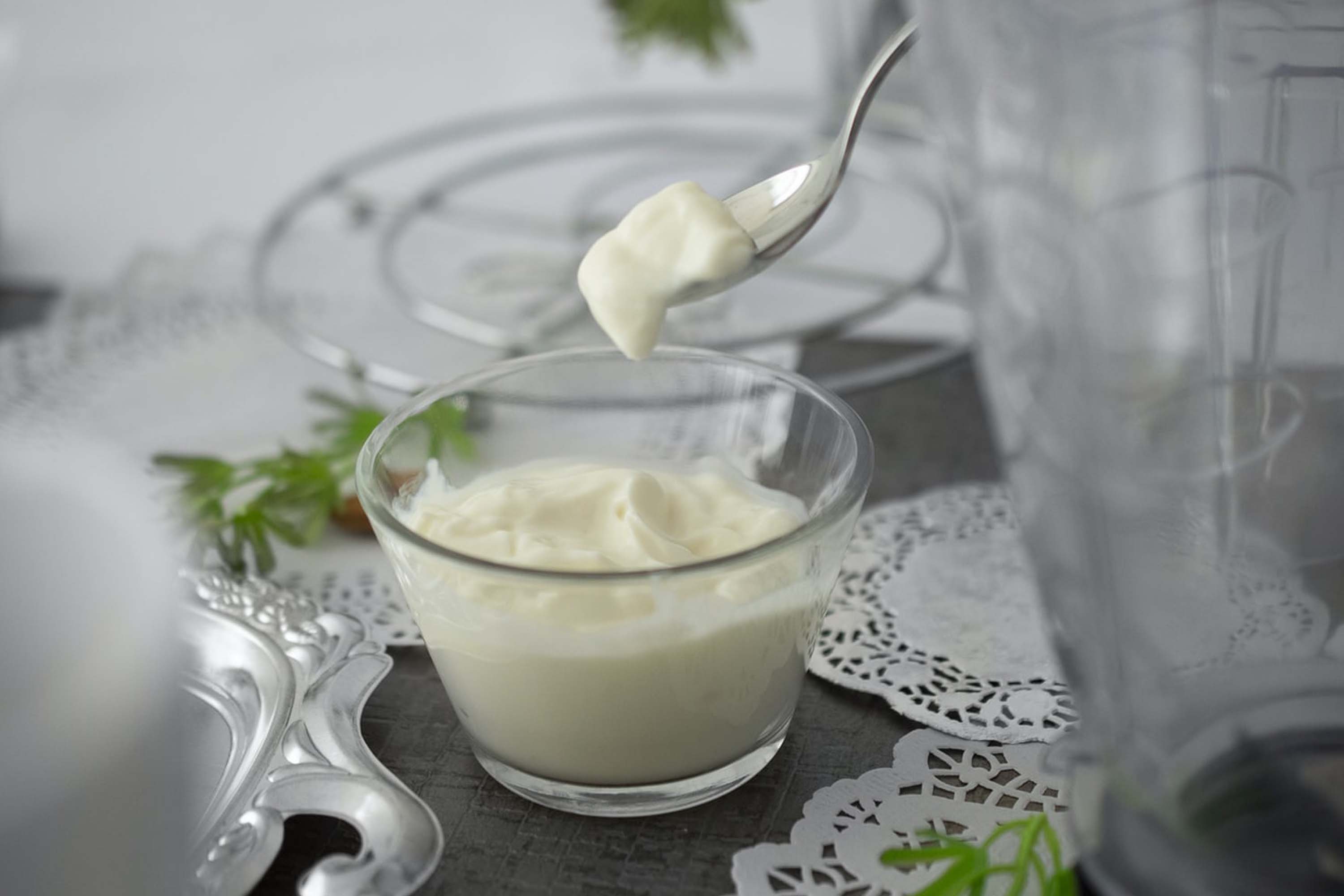Cream Of Tartar Substitute - Your Baking Helpers
Have you ever been in the middle of baking something truly special, perhaps a fluffy meringue or a tender snickerdoodle, only to find your cupboard is missing that one peculiar ingredient, cream of tartar? It happens to the best of us, you know. That little white powder might seem like a small thing, but it does quite a bit in the kitchen. Luckily, if you are short on this item, there are some really helpful things you can use instead.
It turns out that many everyday kitchen items can step in when you need a cream of tartar substitute. These stand-ins can often do the same jobs, helping your baked goods turn out just right. Whether you are trying to get egg whites to hold their shape, or you want to keep your sugary treats from becoming hard and gritty, there is probably a good option close by. So, too it's almost like having a secret stash of baking tricks.
This little piece will walk you through some of the best choices for a cream of tartar substitute, explaining how each one works and when you might want to pick one over another. We will look at what cream of tartar actually does, and then talk about how other things can fill that role. You will find that making a quick switch is actually quite simple, and your baking will still be a success, which is that pretty neat.
- Betty White A Timeless Icon Of Entertainment
- Unveiling The Mystique Of The July 29 Zodiac
- Taylor Swifts 1989 Tour A Journey Through Nostalgia And Empowerment
- Unraveling The Charismatic Journey Of Joseph Gilgun
- Exploring The Ella Langley And Riley Green Relationship
Table of Contents
- What Does Cream of Tartar Do in Baking?
- Lemon Juice - A Bright Cream of Tartar Substitute
- White Vinegar - A Sharp Cream of Tartar Substitute
- Baking Powder - A Handy Cream of Tartar Substitute
- Other Ways to Find a Cream of Tartar Substitute
- Making the Switch for Your Cream of Tartar Substitute
What Does Cream of Tartar Do in Baking?
Cream of tartar, which sounds a bit fancy, is actually just a handy little ingredient that does a few important things in baking. It is known for helping egg whites hold their shape, stopping sugar from getting hard and grainy, and making things rise, a bit like a helper for your dough. So, it really plays a few different parts, depending on what you are making, you know.
When you are whipping egg whites for something like a meringue or a fluffy soufflé, adding a touch of cream of tartar helps them become firm and stay that way. It gives them a kind of inner strength, stopping them from collapsing after you have beaten them into soft peaks. This is actually quite important for getting that airy, light feel in many desserts, as a matter of fact.
Another neat trick cream of tartar performs is keeping sugar from forming crystals. If you are making candies or syrups, sugar can sometimes turn back into hard little bits, which is not what you want. Cream of tartar steps in to prevent this, making sure your sugary creations stay smooth and clear. It is like a little guardian against sugar going rogue, which is that pretty cool.
- Keanu Reeves And His Beloved Partner Exploring The Life Of Keanu Reeves Wife
- The Enigma Of Nothing Happened Zoro
- Terry Pegulas Roots Understanding His Parents And Their Influence
- Lee Majors The Iconic Actor Who Defined A Generation
- Unveiling The Life And Journey Of Marcel Young
Finally, cream of tartar can also act as a kind of lifting agent, especially when it is teamed up with baking soda. Together, they create a chemical reaction that makes bubbles, helping baked goods become light and fluffy. This is a common pair in many recipes, working to give your cakes and cookies that nice, soft texture. So, it really does a lot for such a small amount, you know.
Lemon Juice - A Bright Cream of Tartar Substitute
If you find yourself without cream of tartar, fresh lemon juice is a really good choice to use instead. It has a lot of the same acidic qualities that cream of tartar offers, which is why it can do similar jobs in your recipes. The tang of lemon juice is usually not strong enough to change the taste of your finished dish, especially when used in the small amounts needed, which is that pretty convenient.
Lemon juice works particularly well when you need to stabilize egg whites. Just like cream of tartar, the acid in lemon juice helps the egg whites whip up into firm, glossy peaks that hold their shape. This means your meringues will be nice and crisp, and your soufflés will rise beautifully. It is a very reliable option for this kind of task, actually.
It can also help with preventing sugar from becoming hard and grainy in things like frostings or glazes. The acid interacts with the sugar to keep it smooth, ensuring a pleasing texture. So, if you are making something where sugar might be an issue, lemon juice can step in to help out, you know.
How to Use Lemon Juice as a Cream of Tartar Substitute
Using lemon juice as a cream of tartar substitute is quite simple. The general rule is to use twice as much lemon juice as the cream of tartar called for in the recipe. For instance, if your recipe asks for half a teaspoon of cream of tartar, you would use one full teaspoon of fresh lemon juice instead. This ratio helps to make sure you get the right amount of acidity without adding too much liquid, which is that pretty straightforward.
When you are adding it, just mix it in at the same point you would have added the cream of tartar. If you are whipping egg whites, add the lemon juice right along with the egg whites before you start beating them. This helps it get fully mixed in and start working its magic right away. It is really a very easy switch to make, you know.
Keep in mind that while lemon juice is a fantastic stand-in, it is fresh lemon juice that you want to use. The bottled kind might not have the same level of acidity or could have other things added that might not work as well. So, picking a fresh lemon is usually the better choice for the best results, actually.
White Vinegar - A Sharp Cream of Tartar Substitute
Another excellent option for a cream of tartar substitute is plain white vinegar. Like lemon juice, white vinegar is acidic, and it can perform many of the same jobs in your baking. The strong smell of vinegar might make you a little hesitant, but rest assured, the small amount you use usually does not leave any noticeable taste in your finished dish. So, it is actually a very practical choice, you know.
White vinegar is particularly good at helping egg whites get firm and stable. It provides the necessary acid to help them hold their structure, which is very helpful for things like meringues or light, airy cakes. It is a reliable helper for achieving that perfect fluffy texture. It really does make a difference, as a matter of fact.
It can also assist in stopping sugar from forming crystals, much like cream of tartar does. This makes it a good choice for recipes where you need to keep sugary mixtures smooth and free from graininess. So, if you are making a syrup or a frosting, white vinegar can step in to keep things just right, you know.
How to Use White Vinegar as a Cream of Tartar Substitute
When using white vinegar as a cream of tartar substitute, you will need a bit more of it than you would lemon juice. The general guideline is to use four times the amount of white vinegar compared to the cream of tartar listed in your recipe. For example, if a recipe asks for a quarter of a teaspoon of cream of tartar, you would use one full teaspoon of white vinegar instead. This ratio is important for getting the right acidic punch, you know.
Just like with lemon juice, you should add the white vinegar at the same point in the recipe where you would have added the cream of tartar. If you are working with egg whites, mix the vinegar in with them before you start beating. This ensures it is fully mixed and can start working right away. It is a simple swap that can save your baking, which is that pretty good.
It is important to stick to white vinegar for this purpose. Other types of vinegar, like apple cider vinegar or balsamic, might have stronger flavors or colors that could affect your final product. Plain white vinegar is the best choice because it is neutral and gets the job done without any unwanted surprises. So, it is usually the safest bet, actually.
Baking Powder - A Handy Cream of Tartar Substitute
Baking powder is a very common item in most kitchens, and it can actually work as a cream of tartar substitute in certain situations. It is a mixture of several things, including an acid and baking soda, so it already has some of the components that cream of tartar brings to the table. This makes it a convenient choice if you are in a bit of a bind, you know.
The main way baking powder acts as a substitute is when cream of tartar is used as a lifting agent, typically alongside baking soda. Since baking powder already contains an acid and baking soda, it can provide the necessary lift for your baked goods. This is particularly useful in recipes where the primary role of cream of tartar is to help things rise. It is a fairly simple swap, you know.
However, it is worth noting that baking powder might not be the best choice for stabilizing egg whites or preventing sugar from crystallizing. Its main job is to create gas for rising, so it might not give you the same firm egg white peaks or smooth sugar textures that lemon juice or vinegar would. So, you might want to pick your substitute based on what the cream of tartar is supposed to do in that specific recipe, as a matter of fact.
When is Baking Powder the Best Cream of Tartar Substitute?
Baking powder is often the best cream of tartar substitute when you are making things like snickerdoodles. In these cookies, cream of tartar works with baking soda to give them their unique tangy flavor and chewy texture. Since baking powder already has both an acid and baking soda, it can provide a similar lifting effect and contribute to that special taste. It is a very common and effective swap for this kind of cookie, actually.
When you are using baking powder, the general rule is to use about one and a half times the amount of baking powder as the cream of tartar called for. For example, if your recipe calls for one teaspoon of cream of tartar, you might use one and a half teaspoons of baking powder. This helps to ensure you get enough leavening action. So, it is a pretty good rule of thumb, you know.
It is important to remember that baking powder is a different kind of ingredient, and it reacts a bit differently than pure cream of tartar. It might not be the right choice for every single recipe, especially those where the acidity is needed for something other than just rising. But for things like cookies or quick breads where leavening is key, it is a very solid option, you know.
Other Ways to Find a Cream of Tartar Substitute
While lemon juice, white vinegar, and baking powder are the most common and effective cream of tartar substitutes, there are a few other things people sometimes consider. However, these are generally less recommended because they might not work as well or could change the taste or texture of your dish. So, sticking to the main three is usually your best bet, you know.
Some people might think about using buttermilk, but it is not a direct substitute for cream of tartar. Buttermilk is acidic, yes, but it also adds a lot of liquid and a distinct flavor that might not fit your recipe. It is usually best to use buttermilk when a recipe specifically calls for it, rather than trying to make it a stand-in for cream of tartar. It is a very different kind of ingredient, actually.
Yogurt is another item with some acidity, but like buttermilk, it brings its own flavor and texture to the mix. It is also not a direct replacement for the specific actions of cream of tartar, especially when it comes to stabilizing egg whites or stopping sugar from getting hard. So, it is generally not a good choice for this kind of swap, you know.
The key thing to remember is that the best cream of tartar substitutes are those that provide acidity without adding too much extra liquid or a strong, unwanted flavor. Lemon juice and white vinegar fit this description very well, making them reliable choices for most baking needs. Baking powder is good when the main job is to help things rise. So, picking the right one depends on what you are trying to do, as a matter of fact.
Making the Switch for Your Cream of Tartar Substitute
When you are picking a cream of tartar substitute, it is helpful to think about what the cream of tartar is supposed to do in your recipe. If it is there to help egg whites get firm, then lemon juice or white vinegar are your top choices. If it is working with baking soda to help something rise, then baking powder might be a good fit. This helps you choose the best stand-in for the job, you know.
Always measure carefully when making a substitution. Using too much or too little of the substitute can affect the outcome of your baking. Sticking to the recommended ratios for lemon juice, white vinegar, or baking powder will give you the best chance of success. It is a very important step to get right, actually.
And remember, these handy substitutes can really save the day when you are in a pinch. Knowing these simple swaps means you do not have to stop your baking project just because one ingredient is missing. You can keep going and still create delicious treats for everyone to enjoy. So, it is a very useful bit of knowledge to have, you know.
This information should help you choose the right cream of tartar substitute for your baking needs. Whether you are working on meringues, whipped cream, or those classic snickerdoodles, there is a simple way to keep your kitchen adventures going strong. Just pick one of these helpers, and your baking will be just fine.
- Mastering The Nyc Subway A Guide To Using Subway Entrances With A Suitcase
- Unveiling The Life Of Donald Glover Senior A Multifaceted Journey
- The Remarkable Life Of Kris Jenners Mother A Legacy Of Strength And Resilience
- Tate Mcrae The Rising Star Of Pop Music
- Exploring The Ella Langley And Riley Green Relationship

Cream Of Tartar Substitute | Detailed Guide - Beezzly

Cream Of Tartar Substitute | Detailed Guide - Beezzly

Cream Of Tartar Substitute | Detailed Guide - Beezzly